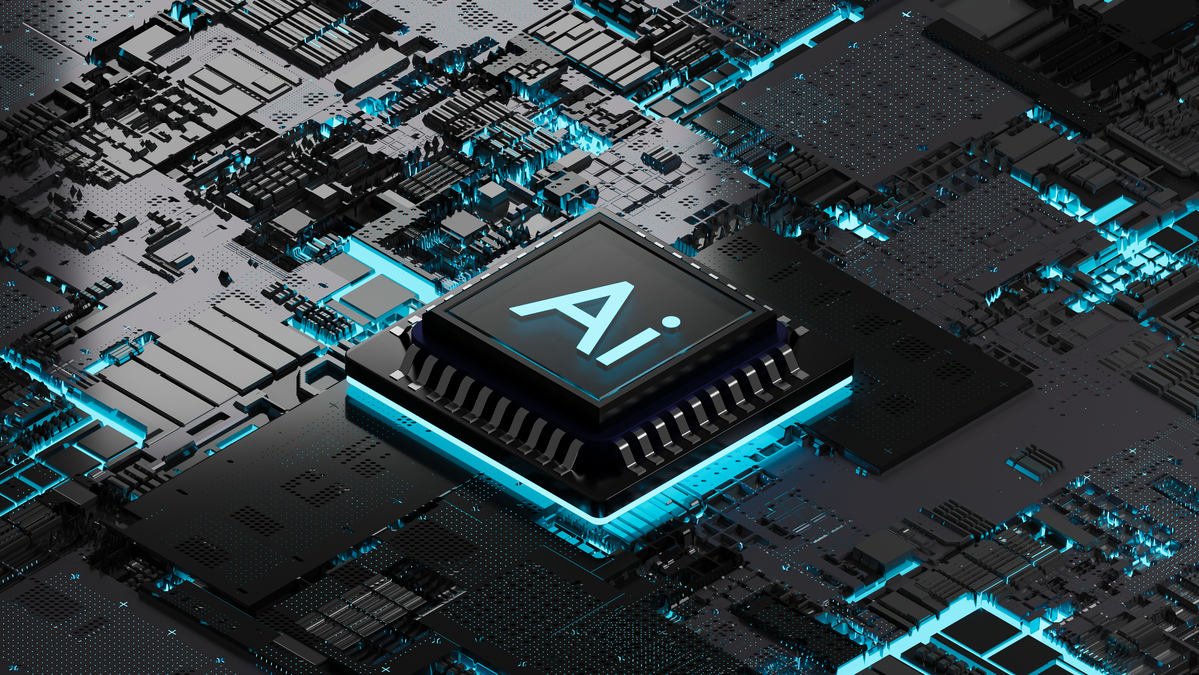Intel (INTC 1.11%) changed its messenger, but the message stayed the same.
After pushing out CEO Pat Gelsinger and bringing in Lip-Bu Tan, the former CEO of Cadence Design Systems, to run the company, the legacy chipmaker reported another disappointing quarter last week in Tan's first full quarter as the CEO. The stock finished down 8.5% on the news.
Revenue in the quarter was flat at $12.9 billion, though that was well ahead of the consensus at $11.9 billion. Revenue in the PC-focused Client Computing Group fell 3% to $7.9 billion, while Data Center and AI was also weak, up just 4% to $3.9 billion. Foundry, its other core business, reported revenue up 3% to $4.4 billion. Some segments have overlapping revenue, leading to $4.4 billion in intersegment eliminations.
After it announced a goal of cutting 20% of its workforce in April, Intel said it had achieved a workforce reduction of about 15%, and is aiming to cut non-GAAP (generally accepted accounting principles) operating expenses to $17 billion for the year.
Those cost cuts weren't enough to save the bottom line as gross margin tumbled again, falling from 38.7% to 29.7 % due to an $800 million non-cash impairment for accelerated depreciation related to tools with no reuse potential and $200 million in one-time costs. Those charges reduced gross margin by 800 basis points, meaning it would have fallen just 100 basis points without them.
On the bottom line, Intel reported an adjusted loss per share of $0.10, down from $0.02 in the quarter a year ago, and below expectations of $0.01 per share. Without that impairment, the company would have reported an adjusted profit of $0.10 per share.

Image source: Getty Images.
Intel is scaling back its ambitions
A theme of the report was right-sizing the business in order to meet demand, rather than investing ahead of demand. On the call, Tan summed up this strategy, saying, "I do not subscribe to the belief that, 'If you build it, they will come.' Under my leadership, we will build what customers need, when they need it, and earn their trust, through consistent execution."
In line with that thinking and in addition to the layoffs and targeted reduction in operating expenses, Intel is also aiming to reduce its capital expenditures to $18 billion for the year. That includes abandoning projects in Germany and Poland, and consolidating assembly and test operations in Costa Rica into larger sites in Vietnam and Malaysia. It also said it would slow the pace of construction at a new foundry in Ohio to ensure spending on it matches demand.
Due to a pull-forward effect from tariff fears, the company also expects the second half of the year to be below the seasonal level. In its third-quarter guidance, it called for revenue of $12.6 billion to $13.6 billion, a slight decline at the midpoint, and it sees break-even EPS.
Intel's 18A process may be its most consequential project, and one that Intel bulls had hoped will drive profitability in the foundry unit, opening it up to third-party customers and potentially making it competitive with TSMC. Intel began the start of production wafers at its plant in Arizona in the quarter, a key milestone. Tan said 18A is the foundation of the next three generations of Intel client and server products and the company is committed to fully scaling the technology.

NASDAQ: INTC
Key Data Points
Can Intel turn it around?
While Tan deserves some time to execute a turnaround, for which cost-cutting is the first step, the struggles are only magnified when you compare Intel to its peers.
Virtually every semiconductor stock is thriving in the current AI boom, which has been the biggest windfall in the sector arguably since the dot-com era.
Not only is Intel unable to grow right now, it's unable to do so at a time when demand for all things AI is soaring. Peers like Nvidia, AMD, and Micron are all seeing strong growth, and even stocks of legacy tech companies like IBM and Oracle have soared lately on excitement for their AI-related products.
While Intel is facing myriad challenges and has been unable to turn a profit, it may only take one success to rewrite the narrative in the stock. For now, though, that still seems elusive, and a downturn in the industry would set back its turnaround hopes even further.
At this point, Intel needs to show evidence that a turnaround is underway before it's investable, but the frothiness in the chip sector and the broad market offers some upside if the company can take the first step toward recovery.





